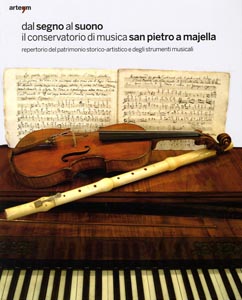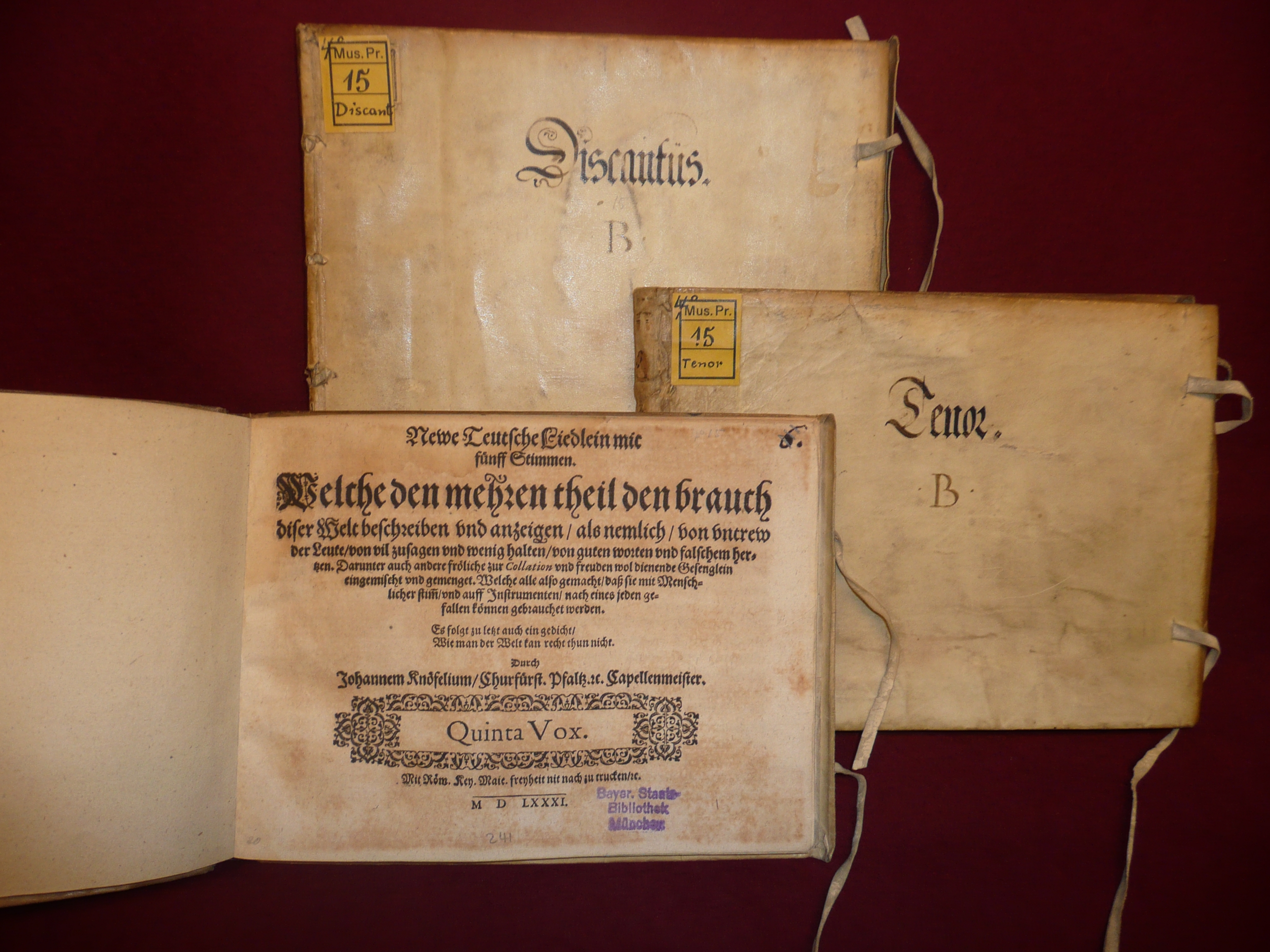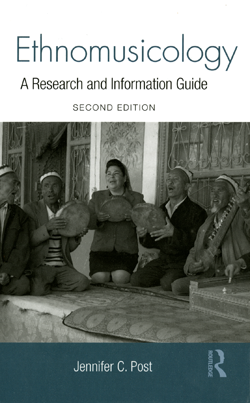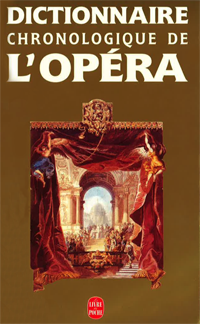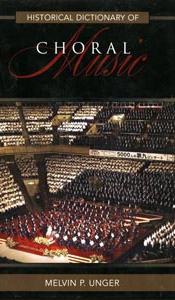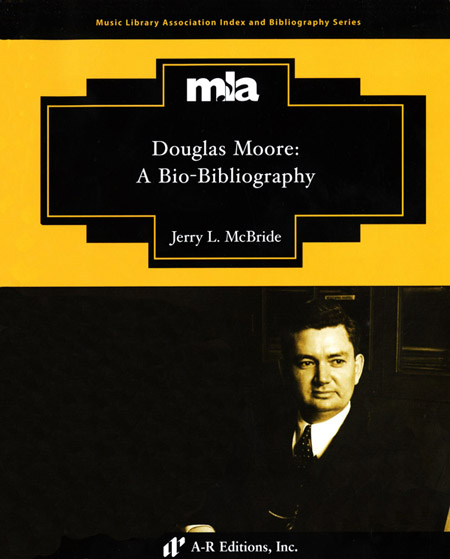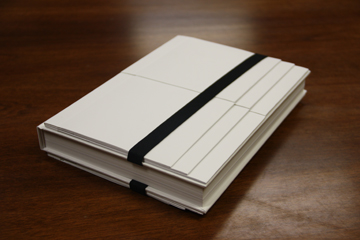The Beethoven Gateway
 The Beethoven Gateway is a free online resource that helps direct people interested in Beethoven to books, articles, scores, and other sources on the composer. Although it functions primarily as a catalog of the collections of the Ira F. Brilliant Center for Beethoven Studies, its also serves the broader purpose of providing a comprehensive and fully-indexed bibliography of materials relating to Beethoven, from a wide range of subject areas.
The Beethoven Gateway is a free online resource that helps direct people interested in Beethoven to books, articles, scores, and other sources on the composer. Although it functions primarily as a catalog of the collections of the Ira F. Brilliant Center for Beethoven Studies, its also serves the broader purpose of providing a comprehensive and fully-indexed bibliography of materials relating to Beethoven, from a wide range of subject areas.
The principle aims of the database are:
- bring together bibliographical information of all significant Beethoven materials dating from the late eighteenth century to the present through the creation of a dedicated database;
- improve access to information on Beethoven by providing in-depth subject analysis of the literature from all fields and abstracts or content notes;
- create ease of access to bibliographic information by adding indexes of works, genres, and other desirable access points;
- create, maintain, and disseminate a thesaurus of terms and guidelines for using the database;
- provide information on locations of primary research materials through the thesaurus and the database itself;
- make the database freely available worldwide on the Internet.
The database does not yet provide full text of articles or books, although links from Beethoven Gateway to full text databases is planned. Links to scanned images from the Center are also forthcoming. (from the website)

